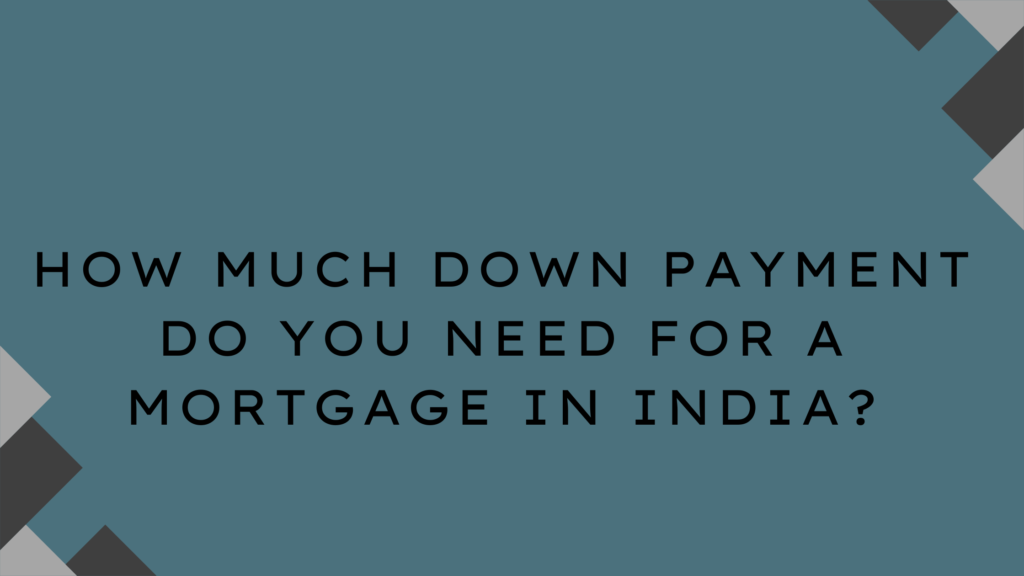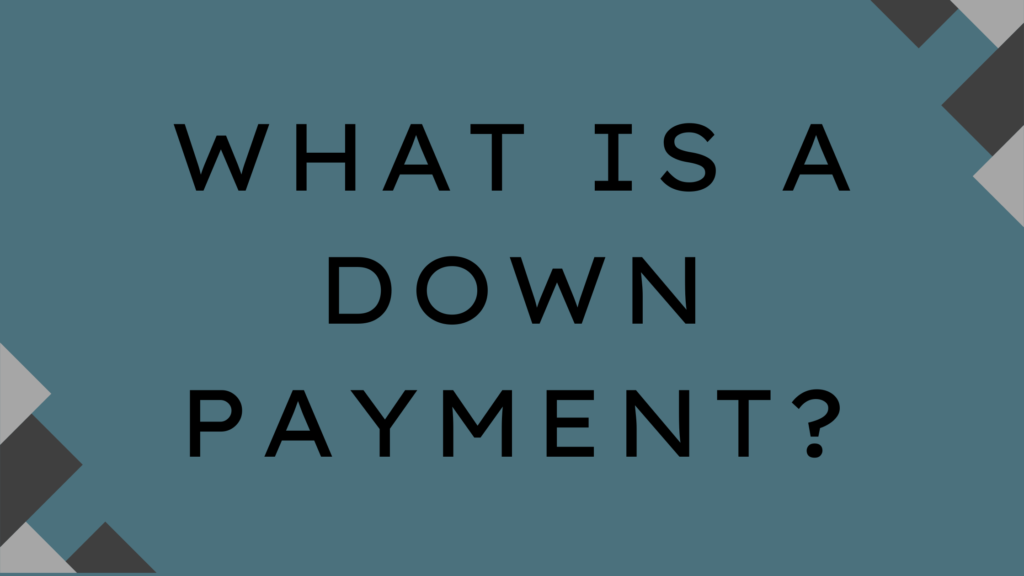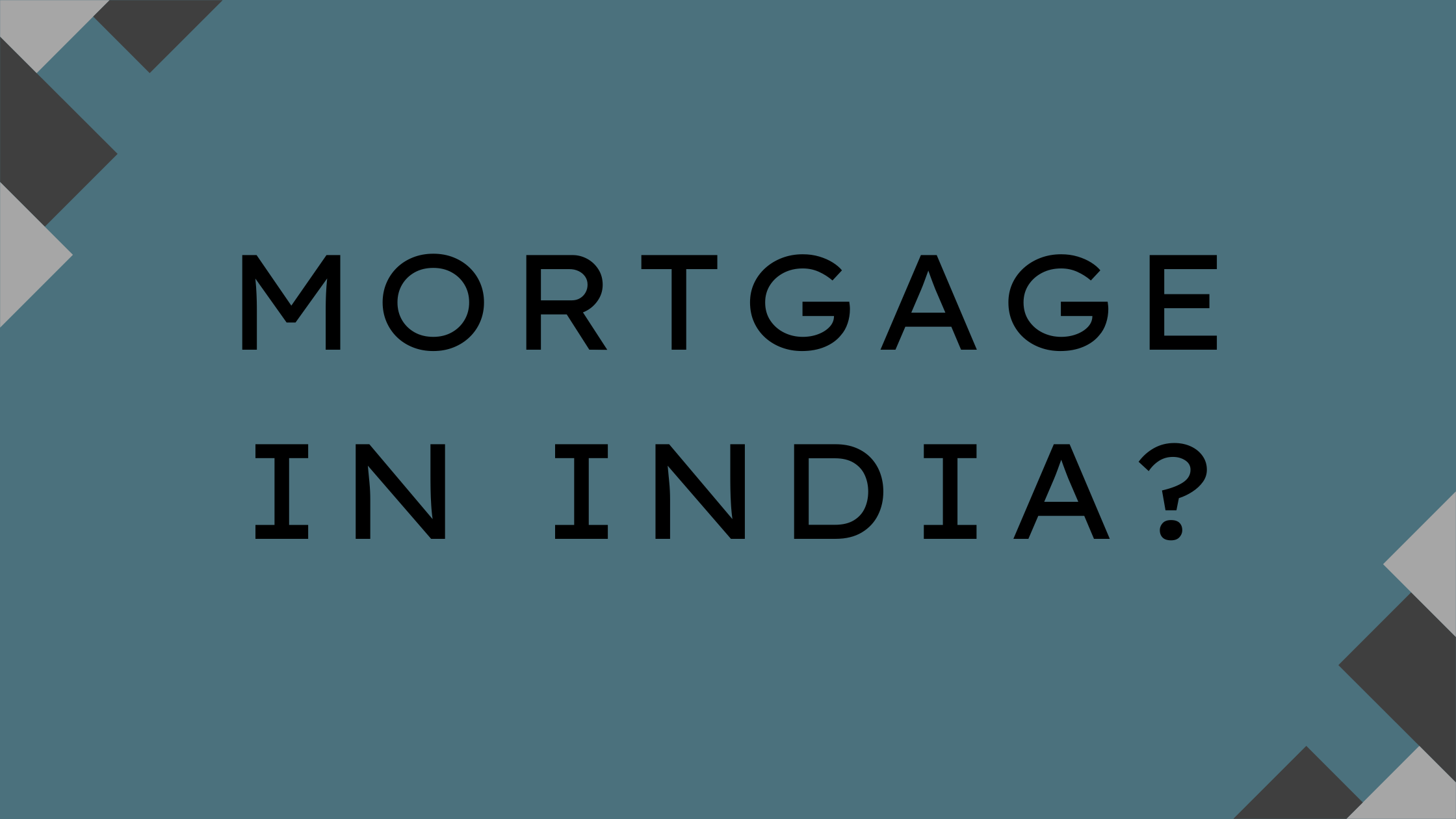Learn everything you need to know about down payments for mortgages in India, including minimum requirements, factors that affect the amount, and tips for saving. Discover how much you need to save for your dream home and avoid common mistakes.

How Much Down Payment Do You Need for a Mortgage in India?
- Introduction
- What is a Down Payment?
- Importance of Down Payments in Mortgages
- Standard Down Payment Requirements in India
- Minimum Percentage Set by Banks
- Loan-to-Value (LTV) Ratio Explained
- Why Banks Require a Down Payment
- How Down Payment Amounts Differ Based on Property Type
- Residential Properties
- Commercial Properties
- Land or Plot Loans
- Factors That Influence Down Payment in India
- Credit Score and Financial Health
- Property Location and Value
- Type of Borrower: Salaried vs. Self-employed
- How to Calculate Your Down Payment
- Understanding Loan Amount Eligibility
- Example Calculations for Different Loan Amounts
- Ways to Save for a Down Payment
- Personal Savings
- Investment Plans
- Government Schemes and Subsidies
- Mistakes to Avoid While Arranging a Down Payment
- Draining All Savings
- Ignoring Additional Costs
- Not Factoring in Future Financial Commitments
- Options for Reducing Your Down Payment
- Home Loan Offers with Lower Down Payments
- Negotiating with Lenders
- Co-applicant Contributions
- What Happens If You Can’t Afford the Down Payment?
- Alternative Financing Options
- Impact on Loan Approval and Interest Rates
- Common Myths About Down Payments in India
- Myth 1: You Must Pay 20% as Down Payment
- Myth 2: Lower Down Payments Mean Higher Loan Approvals
- Myth 3: Banks Cover the Entire Property Value
- How to Choose the Right Down Payment Amount
- Balancing Down Payment and Loan Tenure
- Considering Interest Rates and Loan Terms
- Conclusion
- FAQs
How Much Down Payment Do You Need for a Mortgage in India?
Introduction
If you’re thinking of buying a home in India, one of the first questions you might ask is, “How much down payment do I need?” It’s a crucial aspect of home-buying, and understanding the down payment requirements can significantly affect your home loan experience. In this article, we’ll break down everything you need to know about down payments for mortgages in India, helping you plan your finances efficiently.
What is a Down Payment?

A down payment is the initial amount that a homebuyer pays upfront when purchasing a property. It’s usually a percentage of the total property value and is separate from the loan you take. This shows the lender your financial commitment to the purchase and helps reduce their risk.
Importance of Down Payments in Mortgages
Down payments play a critical role in the home loan process. A larger down payment reduces the lender’s risk, leading to better loan terms and lower interest rates. On the flip side, a smaller down payment means borrowing more, which can affect your Equated Monthly Installments (EMI).
Standard Down Payment Requirements in India
Minimum Percentage Set by Banks
In India, the Reserve Bank of India (RBI) mandates that homebuyers must pay a minimum of 10-25% of the property value as a down payment. Most banks and financial institutions typically require a 20% down payment, though this can vary depending on several factors.
Loan-to-Value (LTV) Ratio Explained
The Loan-to-Value (LTV) ratio is a financial term that lenders use to express the ratio of a loan to the value of the property. For instance, if a bank offers you a home loan with an 80% LTV ratio, it means that the lender will finance 80% of the property’s value, and you must cover the remaining 20% as a down payment.
Why Banks Require a Down Payment
Lenders ask for down payments to ensure that borrowers have a financial stake in the property. This upfront commitment reduces the lender’s risk, as borrowers are less likely to default on their loan if they have significant personal equity invested.
How Down Payment Amounts Differ Based on Property Type
Residential Properties
For residential properties, down payments are typically in the range of 10-20%. The exact amount depends on the loan amount, property value, and your credit profile.
Commercial Properties
For commercial properties, lenders often require a higher down payment, usually around 25-30%. Commercial property loans carry more risk, leading banks to insist on higher borrower equity.
Land or Plot Loans
If you’re buying a plot of land, the down payment can be as high as 30-35%. Banks generally lend a lower percentage of the plot’s value, which increases the buyer’s required down payment.
Factors That Influence Down Payment in India
Credit Score and Financial Health
A strong credit score can help you secure a loan with a lower down payment requirement. Borrowers with excellent financial health may qualify for LTV ratios as high as 90%, meaning they only need to pay 10% upfront.
Property Location and Value
Properties in metro cities tend to have higher down payments due to their inflated values. Additionally, the lender may adjust the down payment requirement based on the property’s marketability and potential for future value appreciation.
Type of Borrower: Salaried vs. Self-employed
Salaried individuals often have access to better loan terms and lower down payment requirements than self-employed individuals, whose income may be considered less stable by lenders.
How to Calculate Your Down Payment
Understanding Loan Amount Eligibility
Your eligibility for a loan and the required down payment depend on the property value and your financial profile. Most banks offer home loans up to 80-90% of the property’s value, leaving you to cover the remaining 10-20%.
Example Calculations for Different Loan Amounts
Let’s say you’re purchasing a property worth ₹50 lakh, and the bank offers an LTV ratio of 80%. In this case, the bank will provide ₹40 lakh, and you’ll need to cover the remaining ₹10 lakh as your down payment.
Ways to Save for a Down Payment
Personal Savings
Start early with disciplined savings. Cutting back on unnecessary expenses and setting aside a fixed percentage of your income each month can help you accumulate the required down payment.
Investment Plans
Consider investing in fixed deposits, mutual funds, or other low-risk instruments. These can help grow your savings faster, giving you the necessary funds when you’re ready to buy a home.
Government Schemes and Subsidies
Various government schemes, such as the Pradhan Mantri Awas Yojana (PMAY), provide subsidies to first-time homebuyers. These can help reduce your down payment burden.
Mistakes to Avoid While Arranging a Down Payment
Draining All Savings
Don’t exhaust your entire savings to make the down payment. It’s essential to have an emergency fund for unexpected expenses post-purchase.
Ignoring Additional Costs
Apart from the down payment, you’ll need to pay registration fees, stamp duty, and other legal charges. These can add up, so factor them into your budget.
Not Factoring in Future Financial Commitments
Think long-term. Will you be able to manage your home loan alongside other financial goals like children’s education or retirement savings?
Options for Reducing Your Down Payment
Home Loan Offers with Lower Down Payments
Some banks and housing finance companies offer home loans with lower down payment requirements, especially for first-time buyers. Shop around to find the best deal.
Negotiating with Lenders
If you have a strong credit profile, don’t hesitate to negotiate with the lender for better loan terms and a reduced down payment requirement.
Co-applicant Contributions
If you’re applying for a joint home loan, the co-applicant’s income can boost your loan eligibility and potentially reduce the down payment amount.
What Happens If You Can’t Afford the Down Payment?
Alternative Financing Options
If you’re struggling to arrange the down payment, consider using a personal loan or withdrawing from your Provident Fund (PF). However, these come with risks, so proceed cautiously.
Impact on Loan Approval and Interest Rates
Failing to meet the down payment requirement can result in loan rejection or higher interest rates, as lenders perceive you as a riskier borrower.
Common Myths About Down Payments in India
Myth 1: You Must Pay 20% as Down Payment
While 20% is common, it’s not mandatory. Many banks offer loans with down payments as low as 10%.
Myth 2: Lower Down Payments Mean Higher Loan Approvals
A lower down payment doesn’t necessarily guarantee loan approval. Your credit score, income stability, and other factors are equally important.
Myth 3: Banks Cover the Entire Property Value
Banks rarely finance 100% of the property value. Even with the highest LTV ratios, you’ll still need to make a down payment.
How to Choose the Right Down Payment Amount
Balancing Down Payment and Loan Tenure
A larger down payment means a smaller loan, which could reduce your EMI and interest burden. However, ensure that it doesn’t stretch your finances too thin.
Considering Interest Rates and Loan Terms
A higher down payment may help you negotiate a lower interest rate. But weigh this against your overall financial capacity before making the decision.
Conclusion
Understanding the down payment requirements for a mortgage in India is crucial for homebuyers. While the typical range is 10-25%, several factors can influence this, from your credit score to the type of property. Preparing early, knowing your financial standing, and exploring various options can make the home-buying process smoother and less stressful.
FAQs
How much down payment do I need for a ₹50 lakh home loan?
For a ₹50 lakh home loan, most banks would require a down payment of around ₹10 lakh, assuming an 80% LTV ratio.
Can I take a personal loan for a down payment?
Yes, but it’s not always advisable as personal loans come with higher interest rates, which can increase your financial burden.
What is the minimum down payment required for a government-backed home loan?
Under schemes like PMAY, the down payment requirement can be as low as 10%.
Does a higher down payment lower my EMI?
Yes, a higher down payment reduces your loan amount, which in turn lowers your EMI and interest burden.
How does the down payment affect home loan eligibility?
A higher down payment increases your loan eligibility by reducing the lender’s risk.


1 thought on “Essential Insights How Much Down Payment Do You Need for a Mortgage in India?”